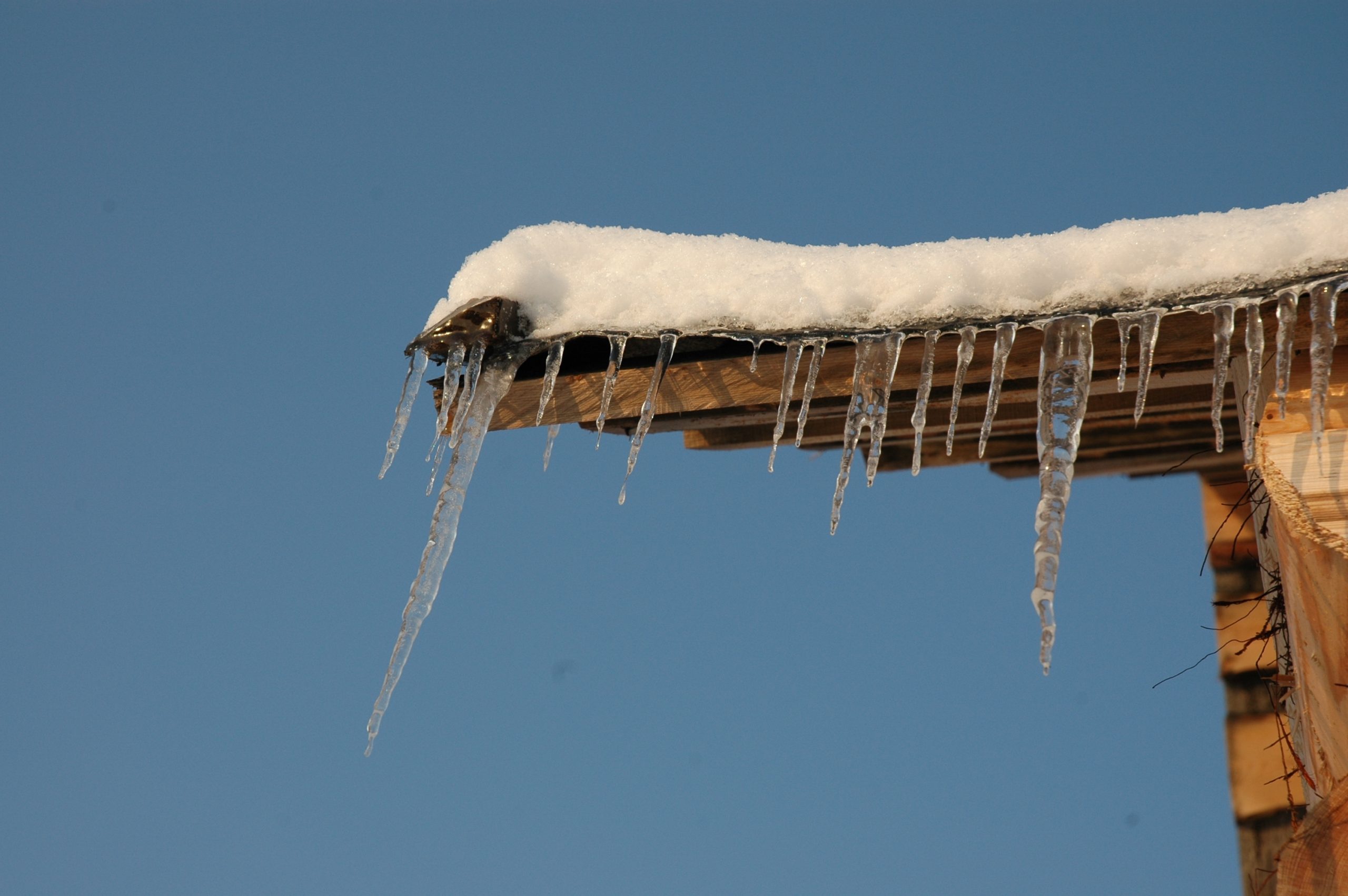Now that winter is in full swing, homeowners find themselves questioning the effectiveness and potential issues related to gutter guards. Understanding how gutter guards interact with winter elements like snow and ice is important for maintaining the integrity and functionality of your home’s gutter system. This blog examines common concerns regarding gutter guards in winter and provides insights into their use and maintenance.
Do Gutter Guards Cause Ice Build Up?
The question of whether gutter guards cause ice buildup is a common concern. Gutter guards are designed to prevent debris from entering the gutters to ensure smooth water flow. However, in harsh, winter weather conditions, certain types of gutter guards may actually worsen ice buildup. For instance, screens or mesh guards can trap snow, which then freezes and turns into ice. The extent of ice buildup largely depends on the type of gutter guard used, the roof’s design, and environmental factors like temperature and humidity.
Should You Remove Gutter Guards in the Winter?
Deciding whether to remove gutter guards in winter depends on their type and effectiveness in snowy conditions. If your gutter guards are causing more issues, such as significant ice dam formation, it might be wise to remove them during the winter months. However, for many homeowners, especially those using heated or foam gutter guards, removing them isn’t necessary. These types of guards are designed to handle the stresses of winter weather and can be beneficial in preventing ice and snow accumulation.
Do Gutter Guards Work?
In general, gutter guards are effective in fulfilling their primary purpose – keeping gutters free from debris and reducing the need for frequent cleaning. During winter, they can also play a role in managing snow and ice accumulation. However, their effectiveness varies based on the type of guard, the climate, and the specific challenges your gutter system faces. For example, foam gutter guards and reverse curve gutter guards might be effective in different scenarios, and choosing the right type is important for optimal performance.
Do Gutter Guards Cause Ice Dams?
While gutter guards are not the direct cause of ice dams, their design and interaction with winter elements can influence ice dam formation. Ice dams occur when snow on the roof melts and refreezes at the edge of the roof, and gutter guards can sometimes contribute to this process. It’s important to note that proper attic insulation and roof ventilation are also critical factors in preventing ice dams. Gutter guards should be part of a comprehensive approach to managing ice and snow on your roof.
The relationship between gutter guards and winter challenges like ice buildup and ice dams can be complicated. While gutter guards, including heated gutter guards and foam models, can be effective in managing winter conditions, their performance depends on various factors like type, installation, and the specific characteristics of your home. In some cases, such as with reverse curve gutter guards, they can offer significant benefits in snow and ice management. However, it’s important to assess the effectiveness of your gutter guards in winter and make adjustments as needed, whether it’s changing the type of guard or enhancing other aspects of your roof and gutter system, such as installing gutter ice guards. Ultimately, the right combination of gutter guards and maintenance can make a significant difference in protecting your home during the winter months.

